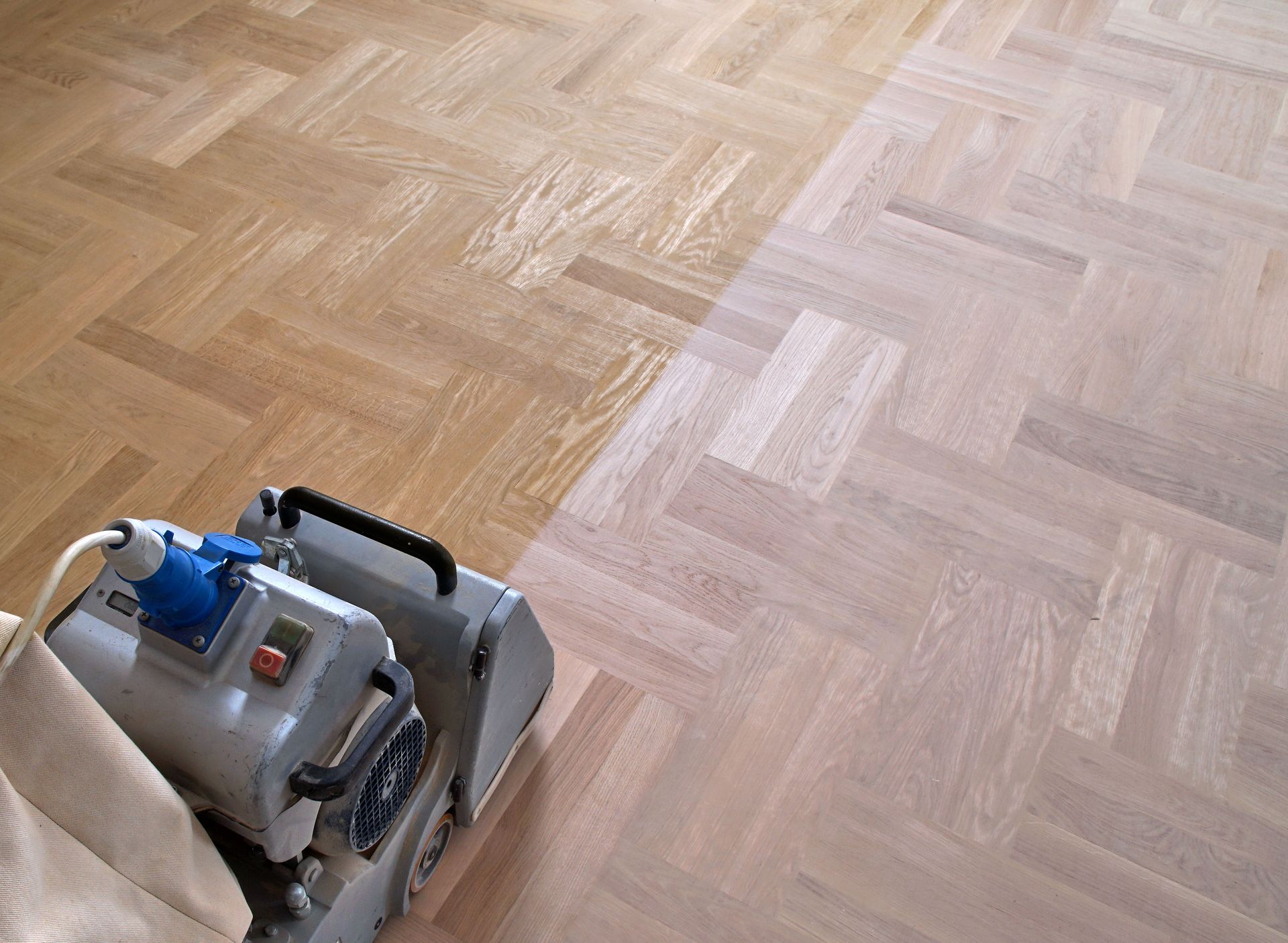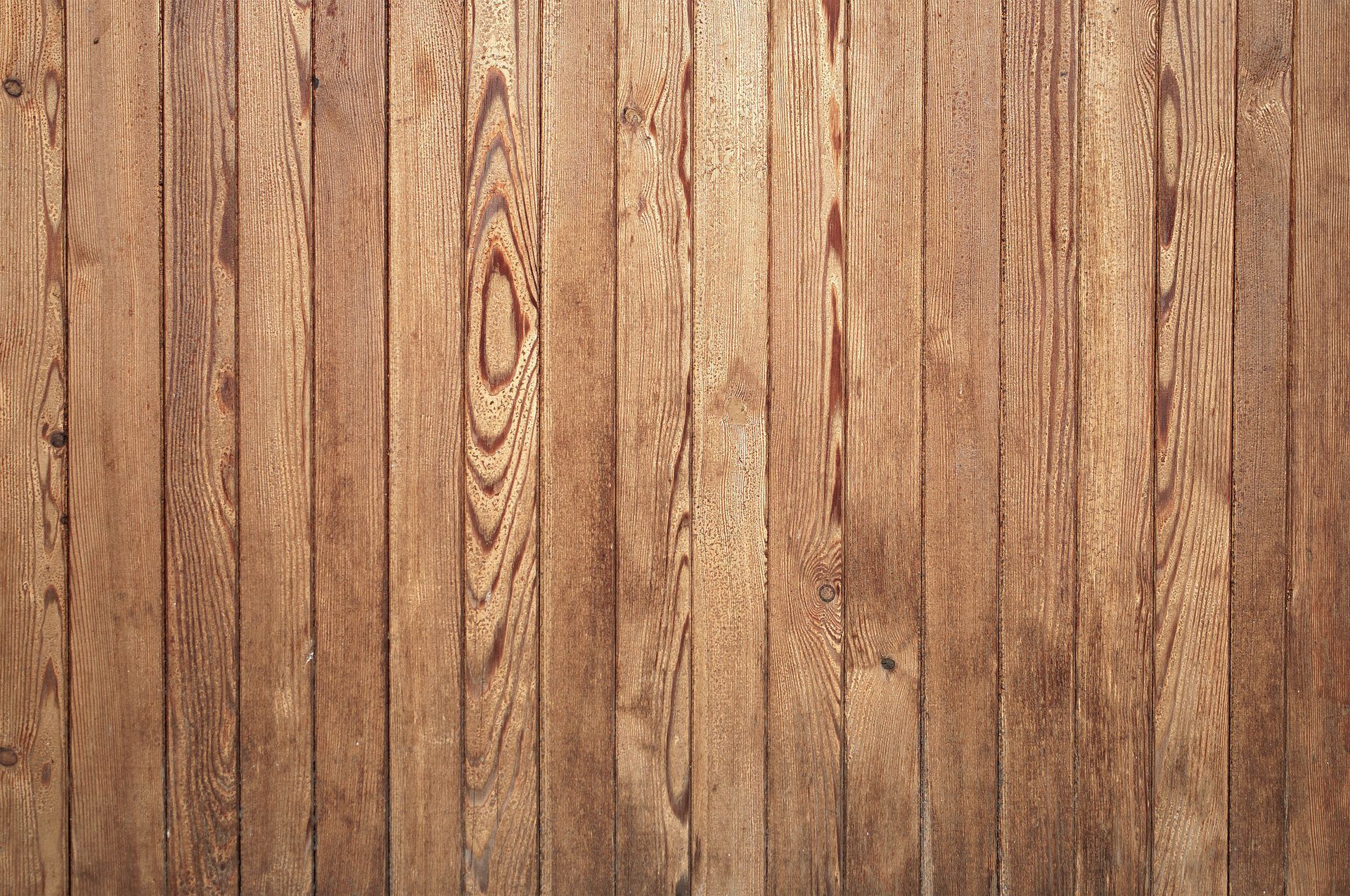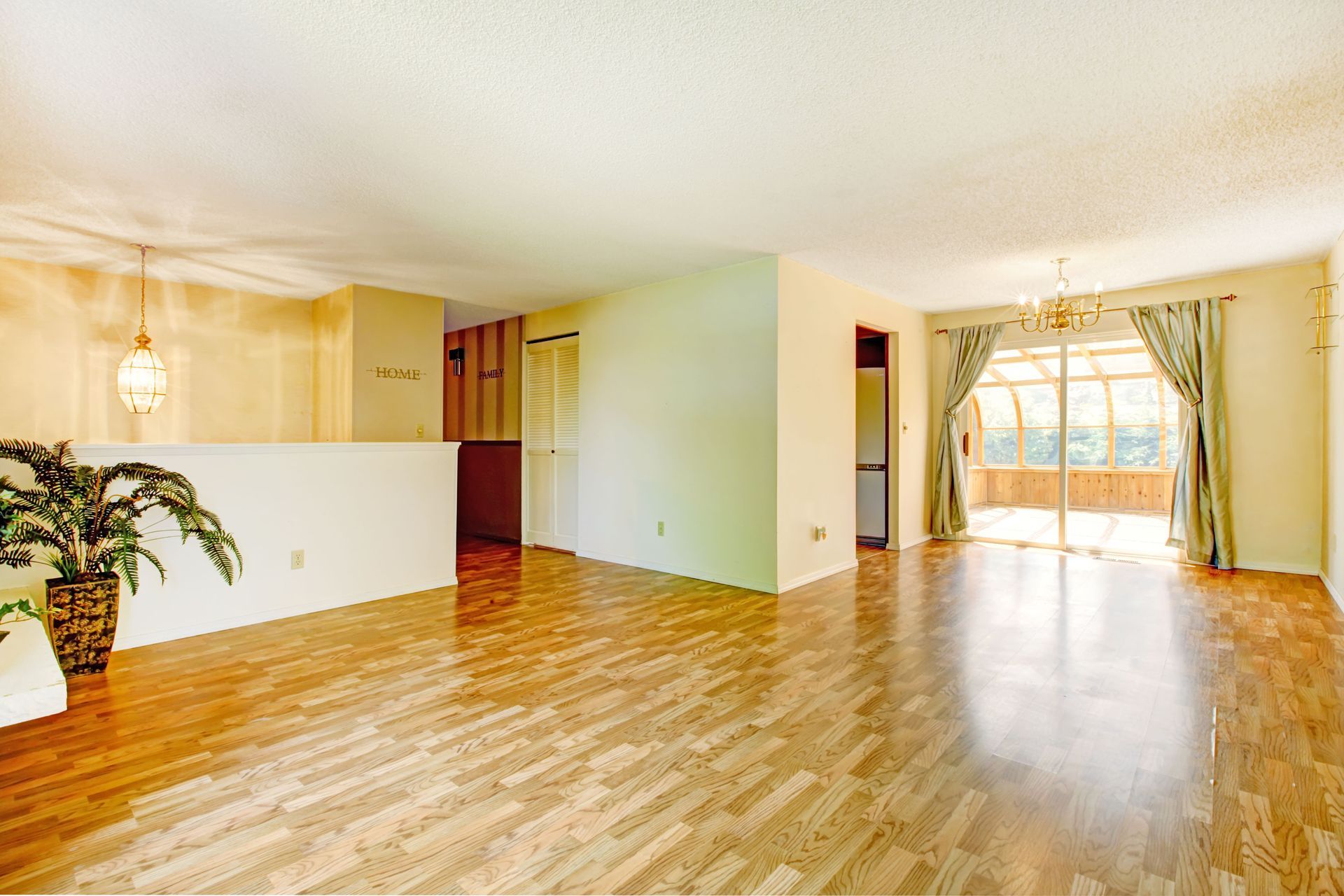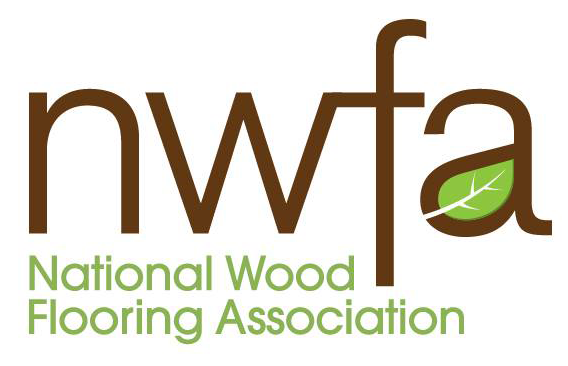How Floor Sanding Can Preserve and Revitalize Your Hardwood Flooring
Hardwood floors are one of the most valuable and visually appealing features of a home. They provide durability, warmth, and a timeless aesthetic that complements virtually any interior. Over the years, however, even the most carefully maintained floors can lose their charm. Signs of wear can include scratches, scuffs, discoloration, fading, warping, or an overall lack of shine. Identifying these issues early is critical for maintaining both the beauty and longevity of your floors.
Floor sanding is a vital step in addressing these problems. By removing the worn top layer of wood, sanding exposes a fresh surface that can be refinished and protected for years to come. According to Fast Expert, installing hardwood floors can increase home value by 3% to 5% on average, showing that well-maintained flooring plays a direct role in a property’s overall worth. This makes sanding more than just a cosmetic upgrade—it’s a practical investment that helps preserve value while enhancing everyday comfort. Whether you're planning to sell in the future or simply want to enjoy a well-kept living space, recognizing when your floors need sanding is the first step toward a healthier, more beautiful home environment. In this article, we'll explore how floor sanding can add beauty, comfort, and value to your home.
Identifying Scratches and Surface Damage
Scratches are among the most obvious indicators that hardwood floors may require sanding. Minor scratches may seem superficial, but over time, they can deepen and compromise the protective finish. Scratches often occur from daily wear and tear, including moving furniture, dropping objects, pet claws, and regular foot traffic. While some superficial scratches can be temporarily masked with buffing or touch-up solutions, deeper scratches expose the raw wood, making it more vulnerable to moisture, dirt, and further damage.
Assessing the severity of scratches helps determine whether sanding is necessary. If scratches cover a large portion of the floor or penetrate the wood, professional
floor sanding is typically the best option. Sanding removes the damaged surface, creating a smooth, even finish that not only improves the look of the floors but also strengthens their structural integrity. Beyond aesthetics, addressing scratches promptly can prevent additional problems, including splintering, discoloration, and uneven wear. Regular observation and maintenance of your floors can reduce the need for extensive repairs later and ensure that the floors retain their durability and charm over time.
Addressing Discoloration and Fading
Discoloration is a natural result of years of exposure to sunlight, household activities, and even certain cleaning practices. Areas near windows may become lighter due to prolonged UV exposure, while spots in high-traffic zones or under furniture may darken or wear unevenly. Spills, moisture, and pet accidents can also leave lasting stains that dull the wood’s appearance. Uneven coloration can make a room feel tired or neglected, even if the floors remain structurally sound, and it can distract from the overall aesthetic of your home.
Floor sanding is the most effective way to address widespread discoloration and fading. By removing the worn top layer of the wood, sanding eliminates surface stains, uneven patches, and areas of dull finish, revealing a uniform, vibrant surface beneath. This process not only restores the natural beauty of the wood but also prepares the floor for refinishing, which adds a protective layer to prevent future discoloration. While minor spots of discoloration can sometimes be addressed with localized touch-ups or staining, widespread fading generally benefits from a comprehensive floor sanding approach to ensure a consistent and even appearance throughout the entire room.
In addition to restoring color, floor sanding enhances the wood’s texture and grain, bringing out natural patterns that may have been obscured by years of wear. The process also allows homeowners to select new stains or finishes, giving them the flexibility to refresh or modernize their interior design. Whether the goal is to maintain the original look or create a bold new style, sanding provides a clean slate for achieving that vision while simultaneously protecting the wood from long-term damage.
Correcting Warping and Signs of Aging
Warped or uneven floorboards are a common and noticeable indicator that hardwood floors may need professional attention. Wood naturally expands and contracts with changes in humidity and temperature, but excessive moisture from leaks, spills, or consistently high humidity can cause boards to cup, buckle, or develop gaps. Even minor warping can make walking uncomfortable and create uneven surfaces that increase wear in high-traffic areas. Over time, these issues can worsen, leading to more significant structural problems if not addressed promptly.
Floor sanding is often an effective solution for mild warping. By removing the damaged top layer of wood, sanding levels the boards and creates a smooth, even surface. This process not only improves the appearance and functionality of the floor but also helps prevent future problems by restoring balance to the wood’s structure. In cases where warping is more severe, individual boards may need replacement before sanding can achieve a uniform surface. This combination of repair and sanding ensures the floor is both visually appealing and structurally sound.
Aging floors frequently show additional signs of wear, such as dullness, scratches, worn finishes, and surface imperfections that make the wood appear tired or lackluster. These symptoms are natural over time, but can dramatically reduce the overall beauty of your home. Professional floor sanding removes the old finish, eliminates surface blemishes, and reveals the natural grain and texture of the wood. Once sanded, the floor is ready for a fresh protective finish, which enhances its durability and provides a long-lasting shield against further damage.
Enhancing Longevity and Value Through Floor Sanding
Floor sanding is not just a cosmetic solution; it is a long-term investment in both the durability and overall value of your home. Hardwood floors naturally endure years of foot traffic, accidental spills, and general wear, all of which can cause scratches, scuffs, fading, or uneven surfaces. Left unaddressed, these issues not only detract from the aesthetic appeal of your living space but can also reduce your property’s market value. A floor that looks worn or neglected can make even a beautifully maintained home feel dated or less inviting.
Professional floor sanding addresses these problems by removing imperfections and restoring the wood’s natural beauty. Sanding reveals a fresh layer of wood beneath the worn surface, emphasizing the natural color, texture, and grain that make hardwood floors so desirable. It also strengthens the protective finish, which helps shield the wood from future damage such as moisture intrusion, dirt buildup, and minor scratches. This protective layer is essential for extending the life of your floors, reducing the need for frequent repairs or partial replacements.
Floor sanding also offers homeowners the opportunity to update the style and finish of their wood flooring. After sanding, new stains or finishes can be applied to match current design trends or personal preferences, creating a refreshed look while simultaneously safeguarding the wood. Additionally, well-maintained, sanded floors improve overall home hygiene, as smooth surfaces are easier to clean and less likely to trap dust or allergens.
In addition to improving value, regular floor sanding extends the life of your flooring. By removing the damaged top layer, sanding reduces the risk of further wear and tear, protects against moisture damage, and allows for a new finish that can last for years. Whether your floors are showing minor scratches, discoloration, dullness, or signs of aging, timely sanding ensures they remain beautiful and functional. Maintaining your hardwood floors through floor sanding is a practical, cost-effective way to protect one of the most significant investments in your home while keeping your living space inviting, polished, and comfortable. If you think your floors could benefit from sanding, reach out to H & H Hardwood Floors Austin today!














Share On: